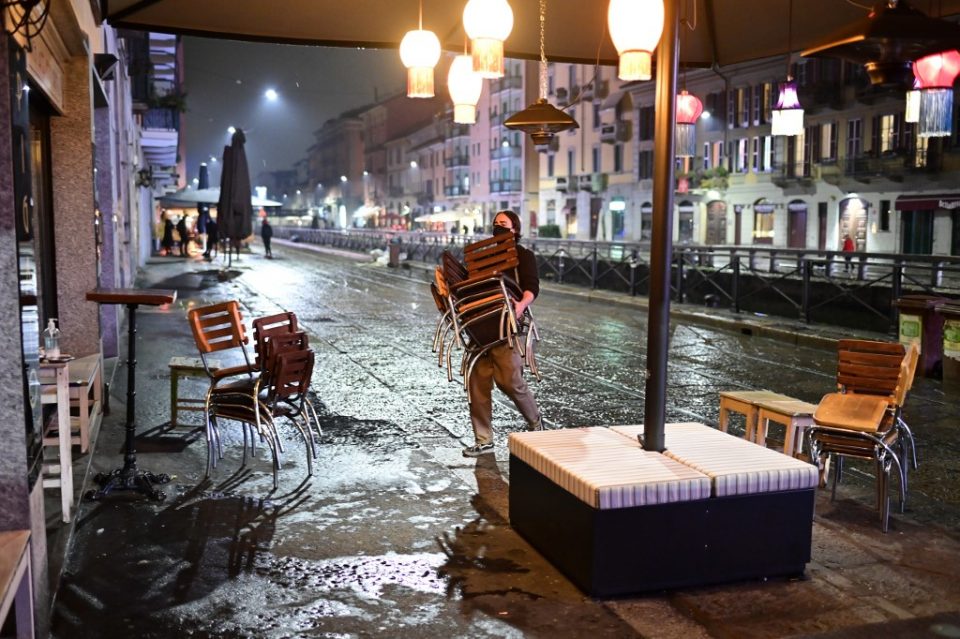Coronavirus: three regions will have to face severe measures while in Italy a new level system is announced

While the Italian government on Monday announced the latest set of restrictions aimed at stemming the spread of Covid-19, Prime Minister Giuseppe Conte said the worst-hit regions will face tough measures under a new three-tier framework.
The latest Italian emergency decree, which is expected to be signed on Tuesday and come into force on Wednesday, provides for a nationwide evening curfew and stricter measures for regions with the highest transmission rates, Prime Minister Giuseppe Conte announced on Monday evening.
The next decree will include a new three-tier system which should be similar to the one currently used in the UK.
The most affected regions, which Conte called Lombardy, Campania and Piedmont, should face the toughest restrictions.
"In the next emergency decree we will indicate three risk scenarios with increasingly restrictive measures". Conte said.
The country must be divided into three bands based on several "scientific and objective" criteria approved by the Higher Institute of Health (ISS), he said.
The next decree, not yet converted into law, does not specifically mention blocking measures.
However, Conte said that "risk-based targeted interventions in various regions" would include a "ban on travel to high-risk regions, national travel limit in the evening, more distance learning and limited public transport capacity to 50 percent." ".
Traffic light system
The government has not yet provided all the details of the restrictions to be put in place for each level and the text of the next decree has not yet been published.
However, the Italian media report that the three levels will be a "traffic light system" as follows:
Red areas: Lombardy, Calabria and Piedmont. Here, most shops, including hairdressers and beauticians, have to close. Factories and essential services will remain open, including pharmacies and supermarkets, as was the case during the blockade in March, reports the Italian newspaper La Repubblica.
Schools will remain open for students up to sixth grade, while older students will learn from a distance.
Orange areas: Puglia, Liguria, Campania and other regions (complete list yet to be confirmed). Here restaurants and bars will be closed all day (no longer only after 18pm as per current legislation). However, hairdressers and beauty salons can remain open.
Green zones: all regions that are not declared red or orange zones. These will be even more restrictive rules than those currently in force.
The health ministry decides which region is in which area, bypassing local authorities - many of which have said they don't want a local blockade or other tough measures.
The system is based on the "risk scenarios" outlined in the advisory documents drawn up by the ISS that give indications on the appropriate measures that the government must adopt in any case, explained Conte.
Health experts confirmed on Friday that the country as a whole is now in "scenario 3" but the situation in some regions matches "scenario 4".
Scenario 4 is the latest and most severe under the ISS plan.
Conte also announced national measures, including the closure of shopping malls on weekends, the complete closure of museums, restrictions on evening travel and the remote transfer of all high and potentially middle schools.
The latest measures have been lower than expected and have recently been introduced in countries such as France, the UK and Spain.
The latest set of coronavirus rules in Italy will come into effect in the fourth emergency decree announced on October 13.